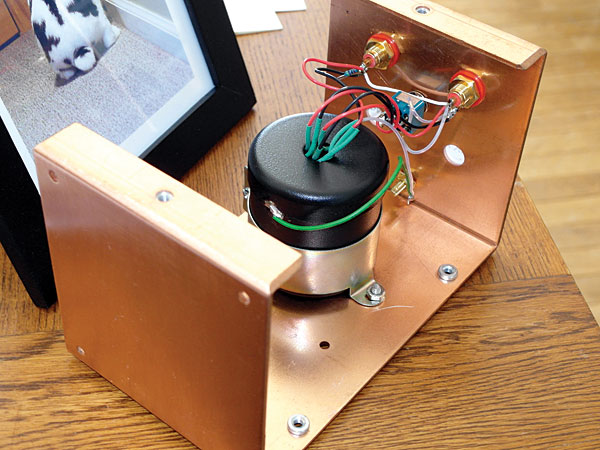| Columns Retired Columns & Blogs |
Thanks again Art for a great read and further exploration in tranny driven analogue. My piggy bank has been filling up to set up a mono/tranny driven second table with my old LP12 doing the honors. I really look forward to getting there and without you and "Listening" I would not have known where to begin.
Happy Listener, Happy Listening!







































